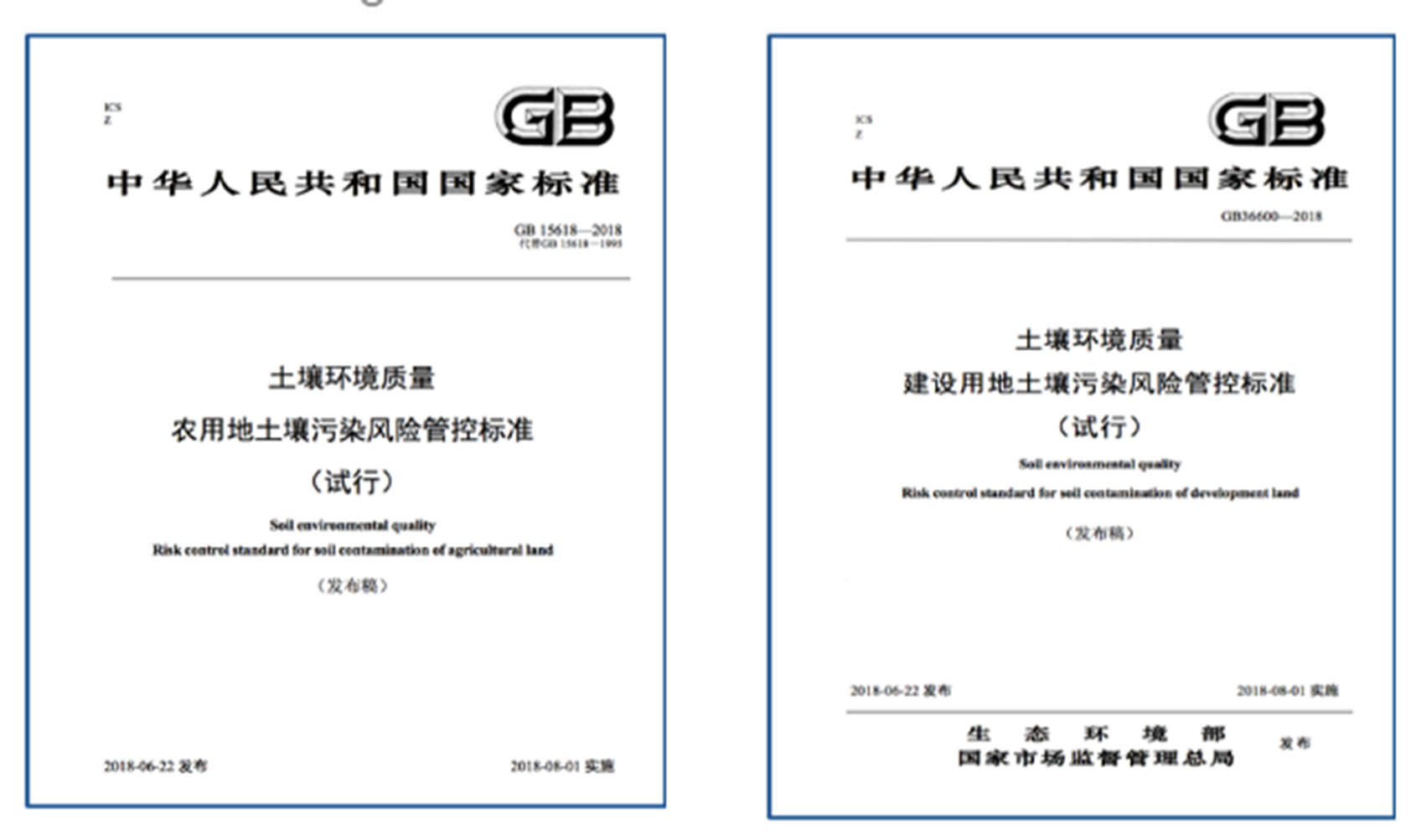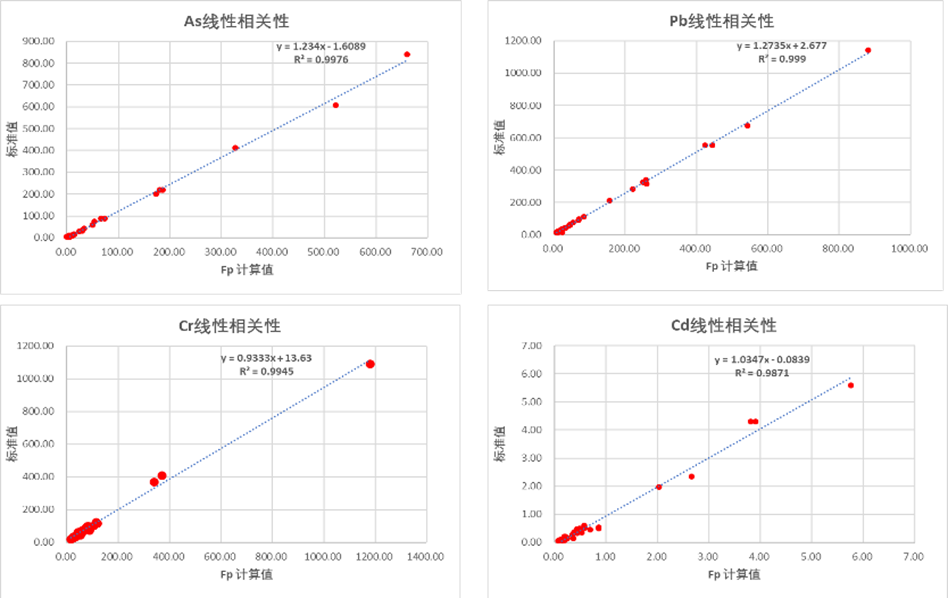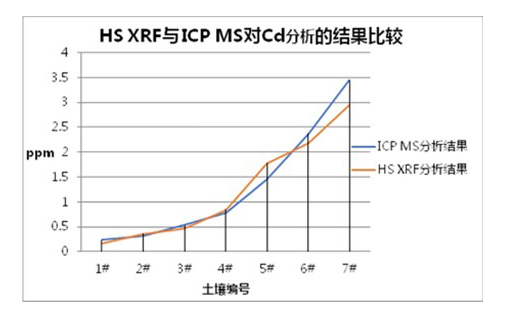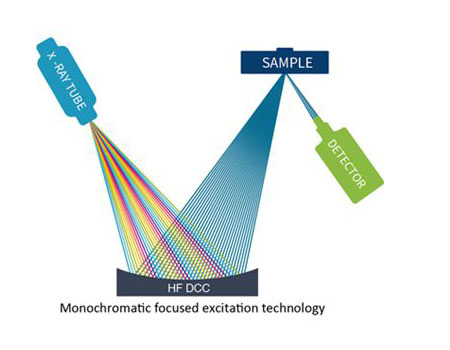- HOME
-
PRODUCT
- SOLUTION
-
- ENVIRONMENTAL PROTECTION
- Real-time monitoring solutions for heavy metal emissions in air and water
- Detection of heavy metal content in soil environment
- Simultaneous determination of solid waste (S, Cl, F)
- Analysis of soil nutrient content
- Detection of toxic elements in solid waste and hazardous waste
- Emergency monitoring of Heavy Metals in Environmental water quality
- PM2.5 air filter membrane inorganic element content analysis
-
- METALLIC ORE
- Cu/Cr/Ni/Mn Ore Element Content Detection
- Elemental content analysis of Copper concentrates
- High purity metal (alloy) content analysis
- Elemental content analysis of slag samples
- Rapid determination of precious metal content in ternary catalyst
- Determination of element content in magnesite and magnesite
- Rapid analysis of rare earth elements content
- Rapid trace precious metal content testing
- XRF LIBRARY
- SERVICE&SUPPORT
- ABOUT ANCOREN








 The X-ray tube incident spectrum is focused on sample by hyperbolic bent crystal monochromatization, which reduces the X-ray tube continuous scattered ray background interference, and increases the SDD detector to accept the fluorescence ray intensity of the sample elements, thus enhancing the signal-to-noise ratio of the elemental characteristic fluorescence peaks and improving the sensitivity.
The X-ray tube incident spectrum is focused on sample by hyperbolic bent crystal monochromatization, which reduces the X-ray tube continuous scattered ray background interference, and increases the SDD detector to accept the fluorescence ray intensity of the sample elements, thus enhancing the signal-to-noise ratio of the elemental characteristic fluorescence peaks and improving the sensitivity. A library of fundamental parameters and advanced mathematical models are used for the calculation of interferences between elements to be measured, matrix effects and absorption enhancement effects between elements, background deduction, etc. A small number of measured value samples are used to further correct the calculation bias and improve the accuracy of element quantification and sample adaptability.
A library of fundamental parameters and advanced mathematical models are used for the calculation of interferences between elements to be measured, matrix effects and absorption enhancement effects between elements, background deduction, etc. A small number of measured value samples are used to further correct the calculation bias and improve the accuracy of element quantification and sample adaptability.



